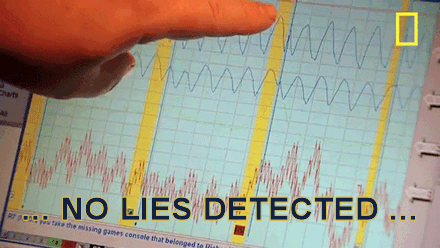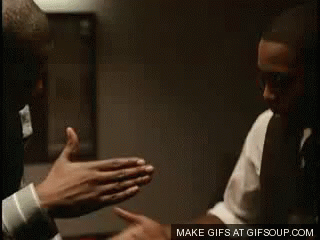wiki the name

Skokiaan's significance is that it shows how Africa influenced American jazz in particular and popular music in general. Musarurwa's 1947 and 1954 recordings illustrate how unique the indigenous forms of jazz were that emerged in Africa in response to global music trends. While African jazz was influenced from abroad, it also contributed to global trends.
[10]
"Skokiaan" has been adapted to various musical stylings, from
jazz to
mento/
reggae (Sugar Belly and the Canefields), and Rock and Roll. The tune has been arranged for strings (South Africa's
Soweto String Quartet) and steel drums (
Trinidad and Tobago's Southern All Stars
[11]). A
merengue version was recorded in the
Dominican Republic by Antonio Morel y su Orquesta in the 1950s, with saxophone alto arrangement by Felix del Rosario.
[12] A number of
reggae versions of the song also exist, and marimba covers are particularly popular.
"Skokiaan" has been recorded many times, initially as part of a wave of
world music that swept across the globe in the 1950s, spurred on in Africa by
Hugh Tracey and in the United States by
Alan Lomax, to name two. "Skokiaan" gained popularity outside Africa at the same time as the indigenous South African export, "
Mbube" ("Wimoweh"). The sheet music was eventually released in 17 European and African languages.
[13]

we here!
. This shyt is a circus. Anytime you see nikkas start tagging in they mans on some WWF shyt, you know what type of timing its on.



 we here!
we here!
 ..unfortunately thats what history says
..unfortunately thats what history says






